As you are no-doubt aware, the Panthers have their new Head Coach, with former Colts coach (and former Panthers’ quarterback) Frank Reich being announced last week. Reich still has to flesh out his staff before he can get into the meat of evaluating his newly-acquired roster, but GM Scott Fitterer wasted no time in addressing the quarterback-sized elephant in the room.
“I think you’ve got to have conviction. If there are guys in this class that you like, you’ve got to go up, and go get him”, said Fitterer, speaking to the media following Reich’s announcement. “You know, we’re in a position now where we have defense, where we have an offensive line that we built around this for this opportunity. So if you have conviction, go get them. If it’s not, you don’t want to force it. You don’t want to take a (quarterback) and pass on a really good player that might set you back. But you can’t be afraid to take a shot if you believe that’s the guy.”
Even before Fitterer came out and said this publicly, the Panthers have been identified as one of the teams that could be interested in trading up into the top three picks of the upcoming draft, either to get ahead of the Texans with the second pick or to get ahead of the Colts with the fourth pick. There is still a long way to go until the draft, but it would be foolish to dismiss the Panthers’ interest in this regard
So, with that in mind, what does history tell us such a trade would likely cost, and how does that fit with the assets the Panthers have?
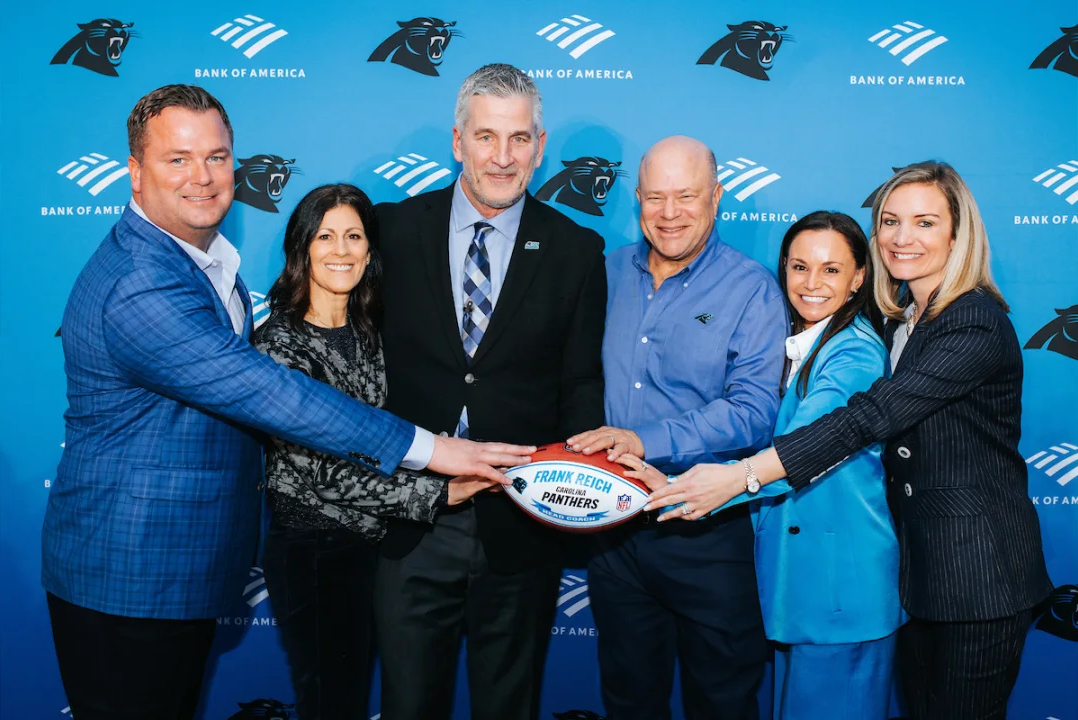
Photo Credit: Chanelle Smith-Walker/Carolina Panthers
The easiest way to estimate this is to turn to the trusted pick value chart (in this case we have used the one from Drafttek), which uses historical trade data to estimate how teams value different picks in trades. The upside of this approach is that it provides nice, clear numerical values for each pick in the draft. The downside is that is doesn’t take into account the context of each trade, but we’ll get to that part later.
Using the trade value chart, the Panthers’ 13th overall pick is worth 1350 points, with the 1st overall pick worth 3000 and the 3rd overall pick worth 2200. Going purely by the chart, that means that the Panthers would need to find 850 points worth of picks to move up to the third picks, and 1650 points to move up to the first overall spot. So how does that compare with what they have?

Photo Credit: Rod Mar/Seattle Seahawks
Well, their two second-round picks in 2023 are worth 510 and 292 points respectively, if you throw in their fourth-round pick then that, by the chart at least, would get them the 3rd overall pick. That would look something like:
Panthers trade the 9th, 39th, 61st and 113th overall picks to the Cardinals for the 3rd overall pick
Getting to the first overall pick, however, is likely to be somewhat more difficult. Even if the Panthers throw in their third-round pick from the 49ers then they are likely still close to 700 points short. The obvious solution to this is to throw in some of their 2024 draft assets, but future draft picks are not well-estimated by the trade chart. So let’s fudge things a little.
If, for the sake of argument, that future picks are valued like the 21st pick in the same round in 2023 (a very rough estimate but reasonable given that teams value future picks at a lower premium than picks in the current draft), then we get a trade that looks something like this:
Panthers trade the 9th, 39th, 61st and 113th picks, plus their 2024 first-round pick to the Bears for the 1st overall pick
Essentially, according to the pick value chart, the Panthers would probably have to give up the majority of their 2023 draft assets to get to the third pick, and a further 2024 first-round pick to move up the final two spots to the first overall pick. But how accurate is the pick value chart in these cases?
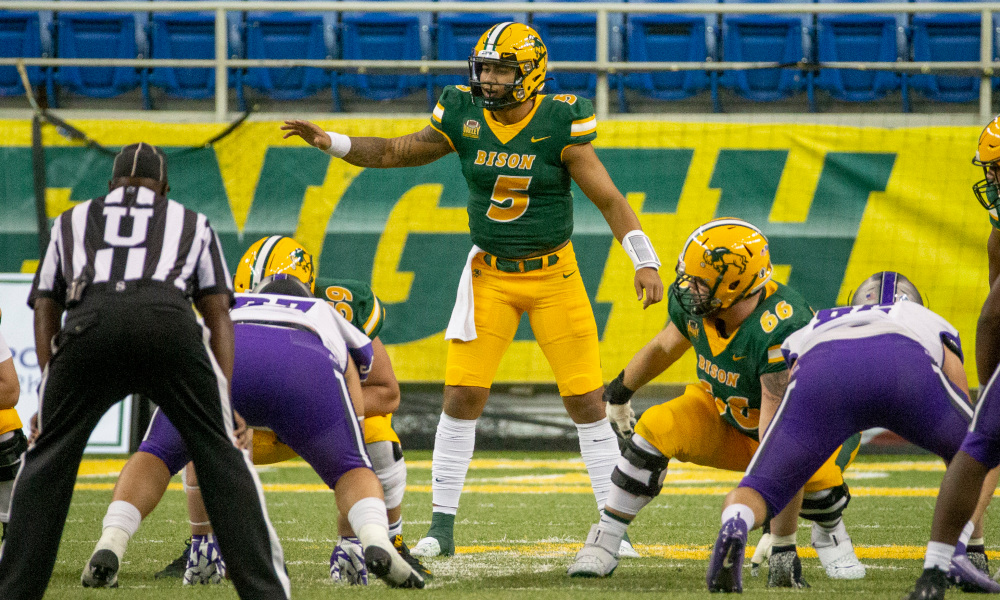
North Dakota State quarterback Trey Lance sets up against Central Arkansas in the third quarter of an NCAA college football game Saturday, Oct. 3, 2020, in Fargo, N.D. North Dakota State won 39-28. (AP Photo/Bruce Kluckhohn)
The short answer is not very. It probably shouldn’t come as much surprise that teams that are looking to trade into the top three to take a quarterback pay a premium compared to when there is no consensus top quarterback on the board. Similarly, the stronger the quarterback class is perceived to be, the more teams then to have to pay.
Since 2012, there have been five instances where a team picking outside the top three has moved into the top three to take a quarterback: Washington moving up for RG3 in 2012, the Rams moving up for Goff in 2016, the Eagles moving up for Wentz that same year, the Jets moving up for Darnold in 2018 and the 49ers moving up for Lance in 2021.
While it’s hard to ignore the fact that none of these trades are looked back upon as glorious successes (admittedly for a variety of reasons), let’s instead focus on what these trades indicate about what the Panthers might have to give up.
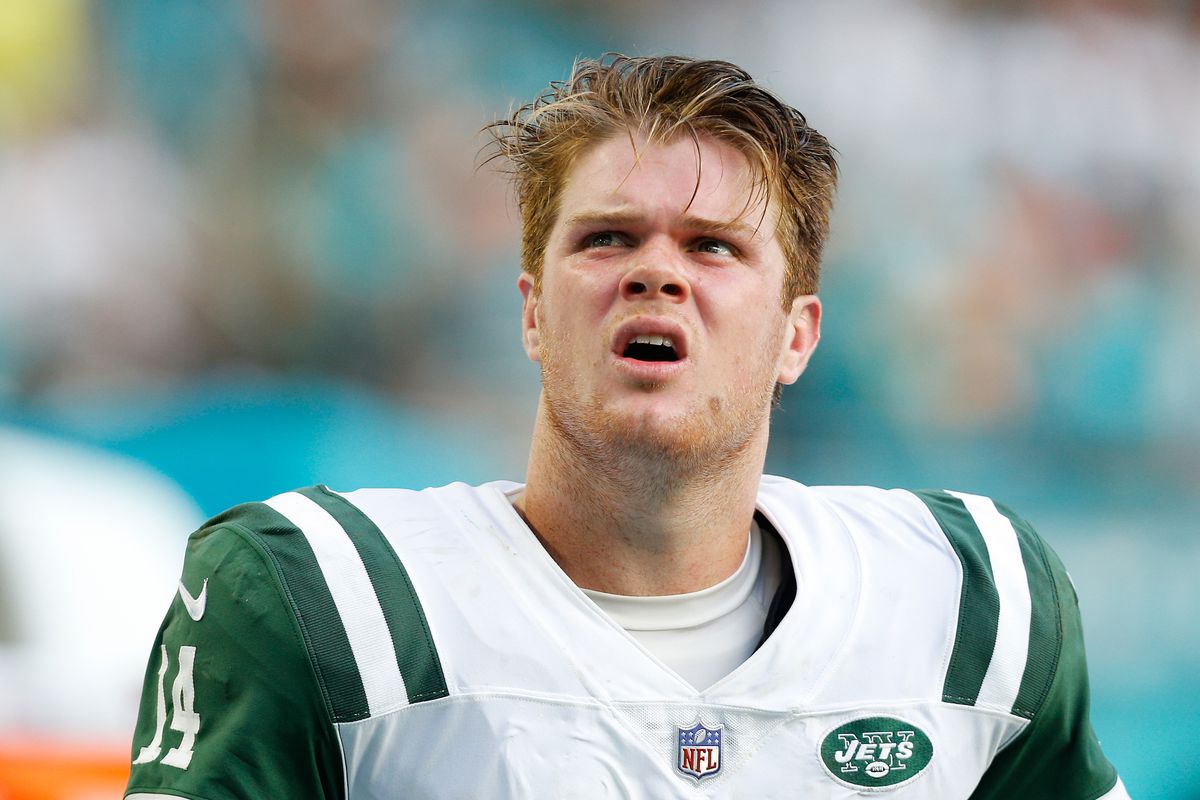
Michael Reaves/Getty Images
None of the five trades matches exactly what the Panthers would be looking to do, but there are some comparisons that can be drawn. However, what becomes very clear is that what teams have had to give up depends an awful lot on how strong the class is perceived to be.
The 2012 quarterback was thought to be extremely strong, and the trade that Washington made to move up for the second overall pick reflect that, parting with the 6th and 39th picks in that draft plus their next two first rounders. Similarly, in another strong QB class in 2018, the Jets had to part with the 6th, 37th and 49th picks, plus their 2019 second-round pick to move up to the third spot, while the 49ers parted with the 12th overall pick plus their next two first-round picks to move up for the third quarterback off the board. back in 2021.
If we use these trades as a guide, the trades the Panthers might be looking at likely look more like this:
Panthers trade the 9th, 61st and 93rd overall picks, plus their 2024 first- and second-round picks to the Cardinals for the 3rd overall pick
Panthers trade the 9th, 39th and 61st overall picks, plus their 2024 and 2025 first-round picks to the Bears for the 1st overall pick
That’s certainly a much higher price than the trade value chart would suggest. However, as already mentioned, that price is very dependent on how the class is perceived. If we look at the 2016 trades we get a different picture.
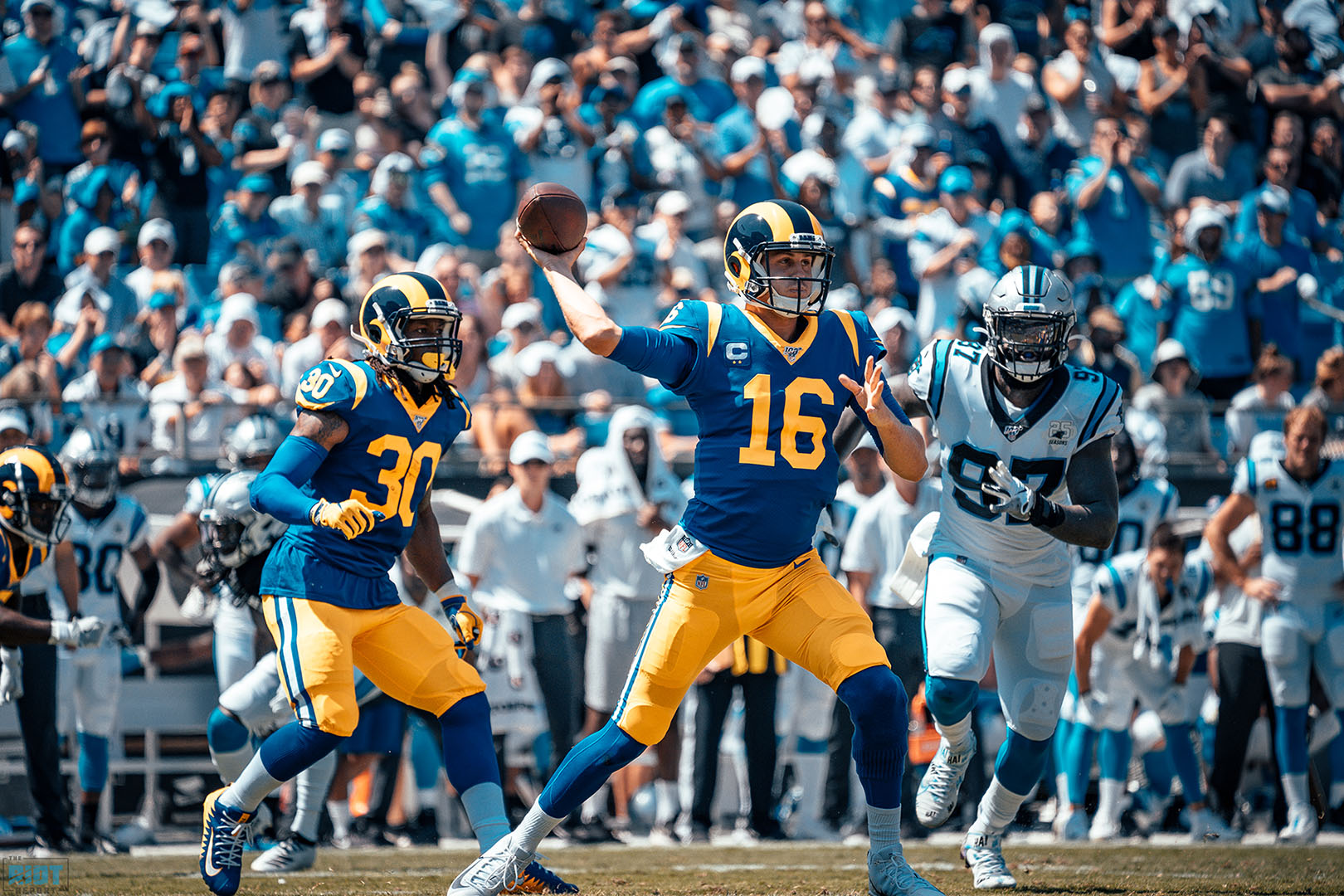
The Rams’ trade for Goff was slightly different, as they moved all the way up from the 15th overall pick to the top spot. While they gave up the 43rd, 45th and 76th picks, plus their 2017 first and third-round picks to do so, they did get the 113th and 177th picks back in return. Similarly, when the Eagles moved up from the 8th pick to select Wentz second-overall, they had to part with the 77th and 100th picks, plus their 2017 first- and 2018 second-round picks, getting a 2017 fifth-round pick back in return.
While the 2016 class wasn’t seen as being as poor as the 2013 or 2022 classes, neither Goff nor Wentz were widely viewed as being in the elite tier of quarterback prospects, and the draft capital that both teams gave up reflects that. If we use these trades as a guideline then the trades for the Panthers would look more like this:
Panthers trade the 9th, 93rd and 113th overall picks, plus their 2024 first-round pick to the Cardinals for the 3rd overall pick
Panthers trade the 9th, 39th and 61st overall picks, plus their 2024 first- and second-round picks to the Bears for the 1st overall pick
This is still more than they would expect to give up based on the pick value chart, but much less than the 2012, 2018 and 2021 trades would indicate.
So what does that mean for the Panthers in 2021?
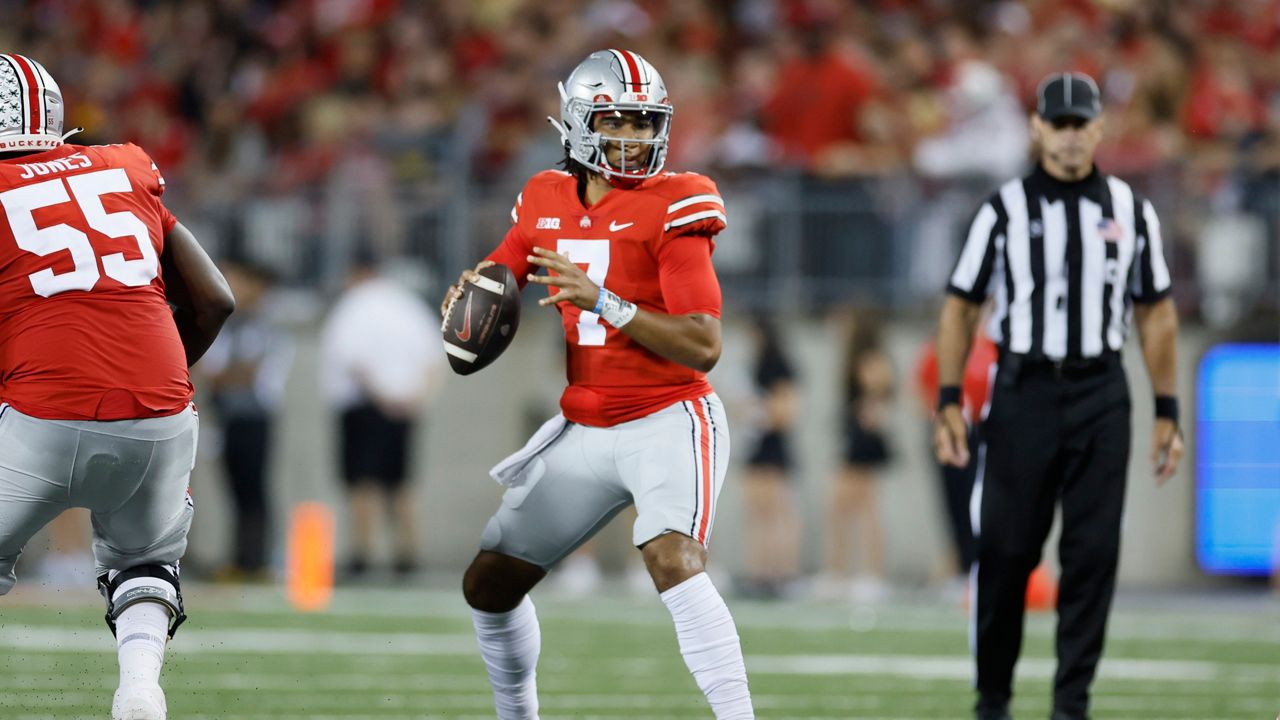
Photo Credit: AP Photo
Well, as should be clear at this point, the biggest unknown in this is how the 2023 draft class is going to be viewed by teams as we get closer to the draft. The 2021 class was viewed increasingly favourably as the draft approached, whereas the 2022 class went quite strongly in the opposite direction. It seems unlikely that the 2023 class will be viewed as poorly as the 2022 class, but a lot of change is possible between now and the draft.
However, given where things are right now, the two scenarios detailed above seem like fairly reasonable best- and worst-case scenarios.
That means that 3rd pick will likely cost their first- and third-round picks this year, plus probably one more 2023 pick, as well as at least their first round pick next year. The first overall pick, on the other hand, takes the 9th pick and both second-round picks this year, plus their 2024 first and one more future first- or second-round pick.
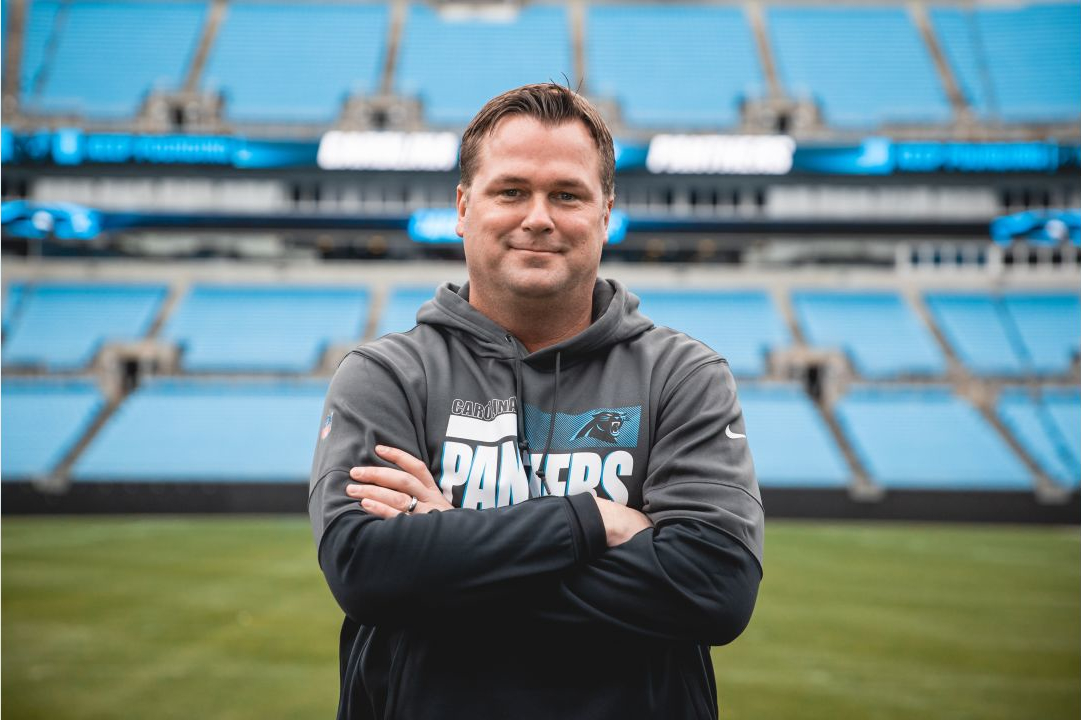
Photo Credit: Brandon Todd-Carolina Panthers
Given that neither of the Bears or Cardinals are expected to be in the QB market this offseason, the trades are almost certainly there to be made if the Panthers are willing to part with the picks, but given the scale of what this is likely to cost, this would likely be a job-defining move for both Fitterer and Reich.
Only time will tell.
(Top photo via Carolina Panthers)



